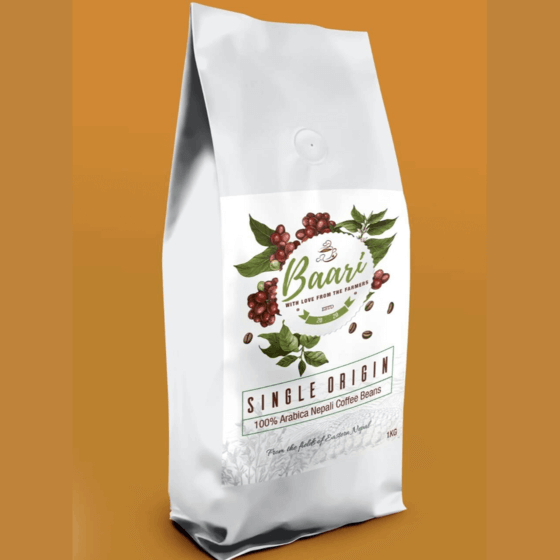EQUIPMENT
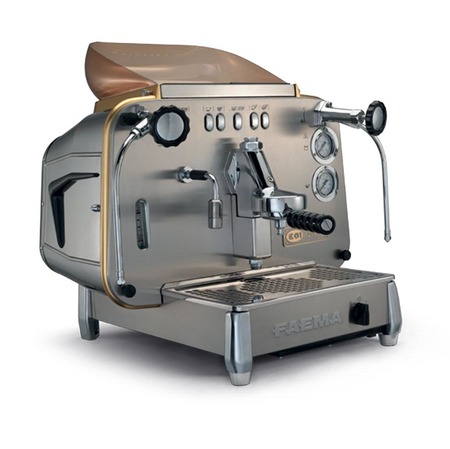
An espresso machine brews coffee by forcing pressurized water near boiling point through a “puck” of ground coffee and a filter in order to produce a thick, concentrated coffee called espresso. The first machine for making espresso was built and patented in 1884 by Angelo Moriondo of Turin, Italy. An improved design was patented on April 28, 1903, by Luigi Bezzera. The founder of the La Pavoni company bought the patent and from 1905 produced espresso machines commercially on a small scale in Milan. Multiple machine designs have been created to produce espresso. Several machines share some common elements, such as a grouphead and a portafilter. An espresso machine may also have a steam wand which is used to steam and froth liquids (such as milk) for coffee drinks such as cappuccino and caffe latte.
THE BEANS
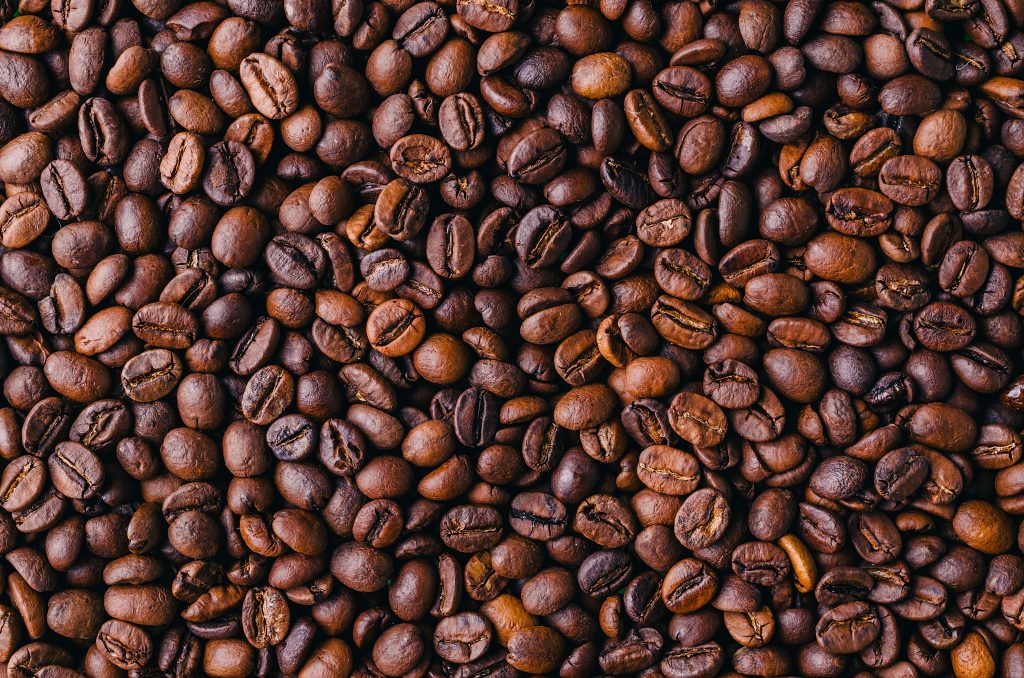
Use good quality equipment – weather it be for Moka, Plunger, Nespresso, Filter – we will be stocking some of these in months to come.
Make sure that your equipment — from grinders and filters to coffee makers— are thoroughly cleaned after each use.
Rinse with clear, hot water (or wipe down thoroughly), and dry with an absorbent towel. It’s important to check that no grounds have been left to collect and that there’s no build-up of coffee oil , which can make future cups of coffee taste bitter and rancid.
ROASTERY
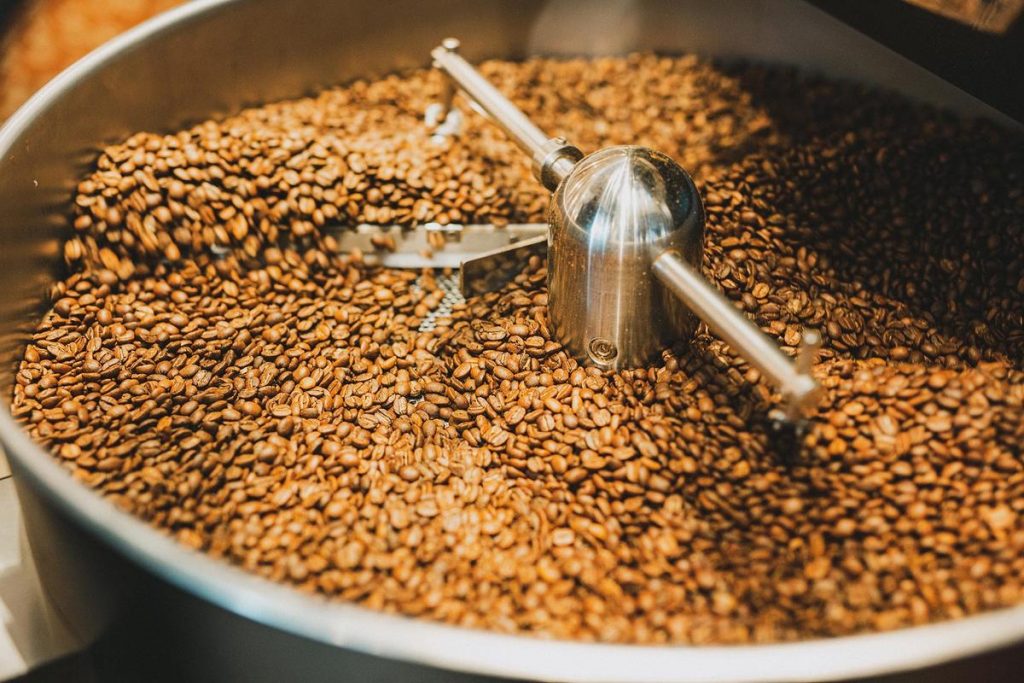
Roasting means transforming coffee beans from green to brown. There are different ways to make it, and that affects the flavour. Roasting Stages are as follows
1. Drying Stage
The coffee bean has a humidity of 8–12%. We need to dry it before the actual roasting starts. Drying stage typically lasts 4–8 minutes with traditional drum roaster (see below for roaster designs). The temperature in the end of drying stage is typically 160 ⁰C
2. Browning Stage
From 160 ⁰C the coffee starts to smell like toasted bread and hay. This is when the aroma precursors are starting to convert to aroma compounds. Even though browning stage is after drying stage, drying continues during the browning stage.
3. Development
In the beginning of development stage the reaction becomes exothermic and the coffee cracks. During drying and browning stages the bean has collected energy that makes the coffee to explode. Development time is when the wanted aroma compounds are developing.
THE GRIND
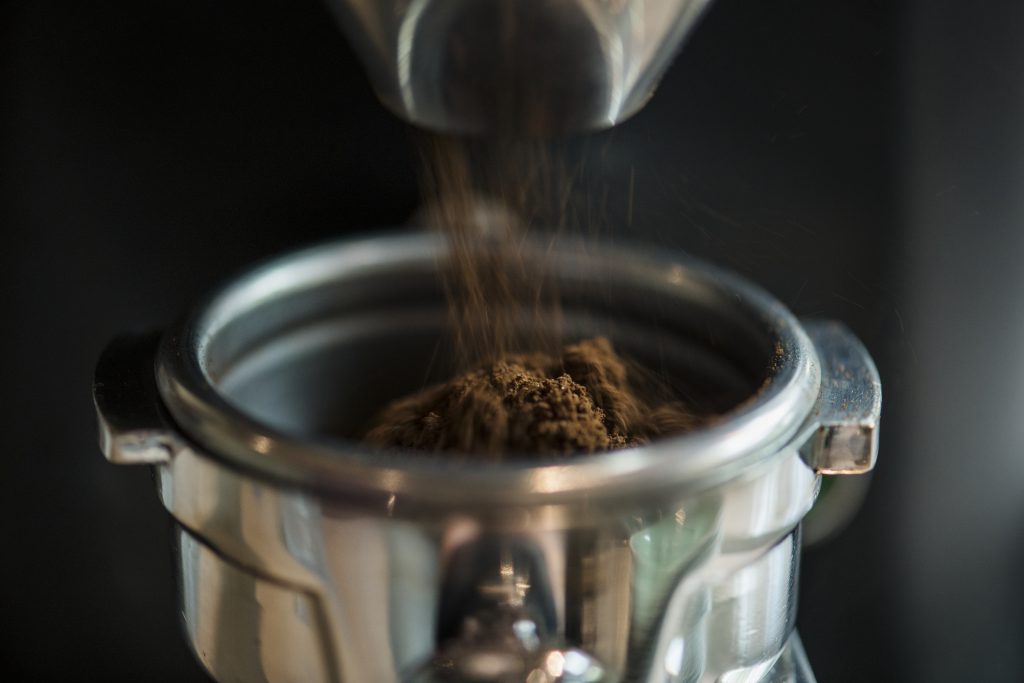
Grinding coffee is arguably one of the most crucial steps, as grind size alone can dramatically change the taste of your cup. Grind size and consistency can be the difference between one of the best cups you’ve ever had and a bitter, undrinkable mess.
Why grind size matters
When it comes to grind size, there are three factors which make the biggest difference: contact time, extraction rate and flow rate.
The extraction rate of coffee grounds increases with a larger surface area.
To increase surface area, grind the coffee finer.
The higher the extraction rate, the less contact time is needed.
A finer grind can reduce the flow rate of water, increasing the contact time.
Knowing this, if you have a brew method with a short contact time, the grind should be finer. In an immersion brewer, which steeps coffee grounds in water for several minutes, the contact time is much higher and, thus, requires a more coarse grind than most other brew methods.
PACKAGING
